The debate on whether human nature is good or bad from youth is an ancient one, Ehud Amir believes that even though it may seem the other way around, human nature is good from youth and the bad are the exceptions. Part one of a five-part series that will be published daily
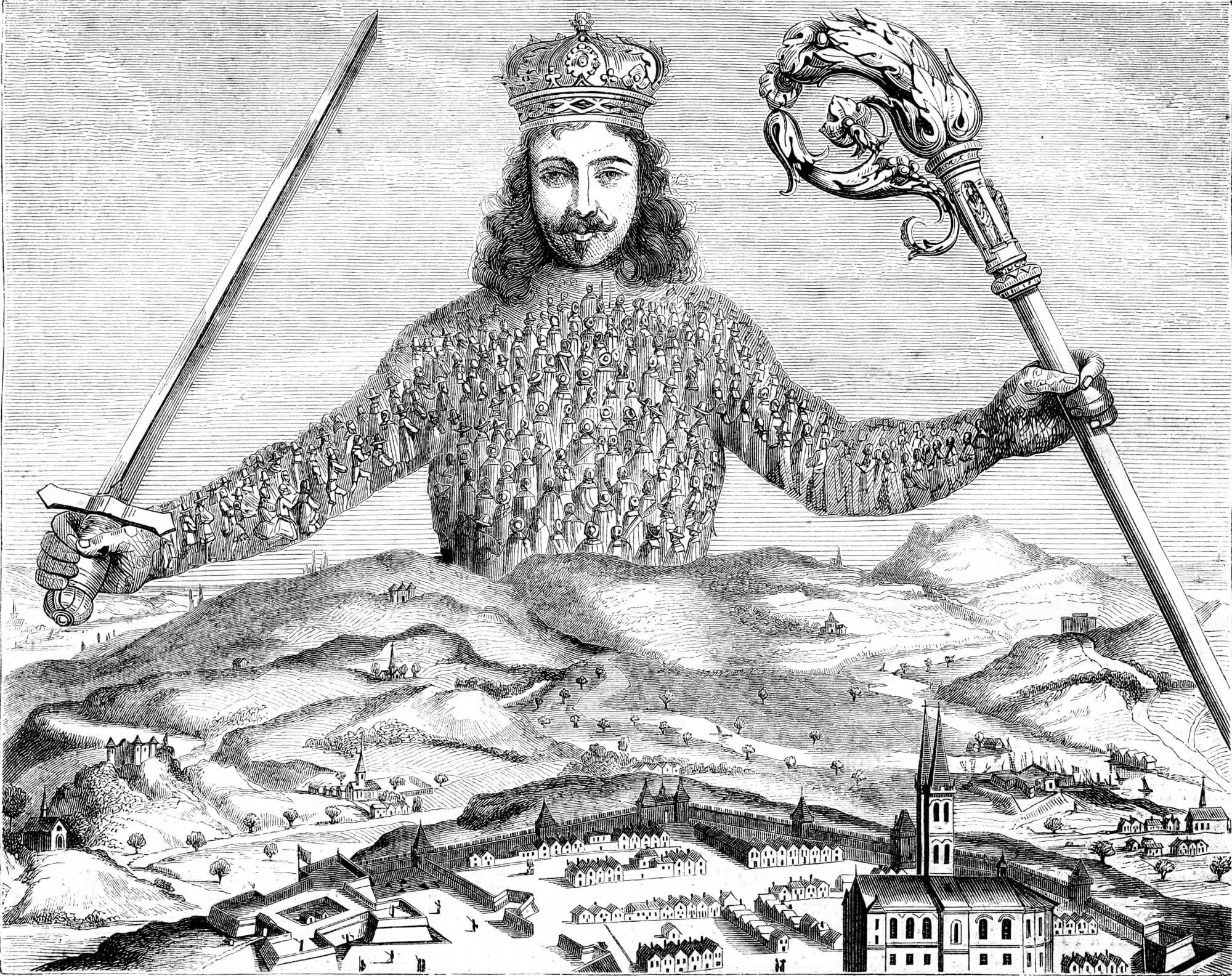
The philosopher Thomas Hobbes claimed that we must submit ourselves to the dictates of society, to law and order, otherwise one will devour one another. His argument is based on the assumption that we are violent by nature, and that culture and society are only a thin cover for our wild urges. We want to kill each other all the time, and the only reason we don't do it is the enforcement forces of society's institutions - and in particular religious morality.
There is a problem with this assumption. If we all had malicious intent, the police and military would be powerless. Just think how much energy we invest, without success, to try to prevent the violence of small terrorist organizations such as Al Qaeda, ISIS and Hamas, all of which together number less than a brigade in the regular army of a small country; How much energy do we invest - again, in vain - to prevent sporadic violence from suicide terrorists, murderous husbands or teenage youth. If violence is inherent in each of us, something more is needed, something that prevents us from murdering left and right. what is this thing
We have a strong urge for cooperation. Survival is an evolutionary dead end if the survivor failed to bring its offspring to maturity. The ultimate way to do this is by collaborating. Indeed, in the struggle for survival, many compete against individuals of the same species, or against members of other species, but competition is secondary in scope and impact, compared to cooperation. Joint action improves the chances of survival of populations in diverse climatic and environmental conditions. Every living thing, no matter how strong or big it is, will be more successful if it cooperates than if it acts alone or if it is hostile towards its own kind. Therefore, social behavior, and sometimes altruistic, is the rule in the living world. Among animals, mainly those who adapted to the group survived. Thus, in hundreds of millions of years of natural selection, the qualities of altruism, generosity, reciprocity and sacrifice for others survived among our ancestors.
Fish that move with the flock, do not remain isolated - and are not devoured. Chimpanzees that cooperate in groups, and beavers that form coalitions, survive longer than their counterparts. Those who are successful in social communication increase the chance that their offspring will be like that, through both education and heredity. Chimpanzees, gorillas, cockroach monkeys, baboons, elephants, horses, wolves, dolphins, whales and dozens of bird species have been observed acting not in the hope of reward - but altruistically, in response to the pain or distress of others. Both in the wild and in captivity, animals consistently demonstrate sharing, compassion, empathy and fairness. Sometimes they do this even at the cost of self-harm or at the risk of their lives.
In the experiment, rats were taught to press a pedal to get food. When the pedal press was accompanied by an electric shock to a nearby rat, the rat stopped pressing, even though in doing so it deprived itself of food. Rhesus monkeys received food in exchange for their success in the experiment, but when they saw that their friends were receiving worse food, they stopped participating in the experiment and rejected the food. In another experiment, the monkeys pulled the chain and received food, but the chain was pulled
passed an electric current through the monkeys that were in a nearby room. Most of the monkeys stopped pulling the chain after hearing the cries of the monkeys in the next room. Some even starved themselves for five days after refraining from pulling the chain.
In a video shot in Kruger Park In South Africa a herd of buffalo is seen going down to the river to drink. Lionesses caught a buffalo calf. The buffaloes approached the lionesses and one of them ran at the lioness and knocked her off with his horns. Suppose the buffalo that risked itself for the calf was one of its parents. Why did the other buffaloes join him? The fight started with the whole herd running to the lionesses. All the buffaloes risked themselves for one calf.
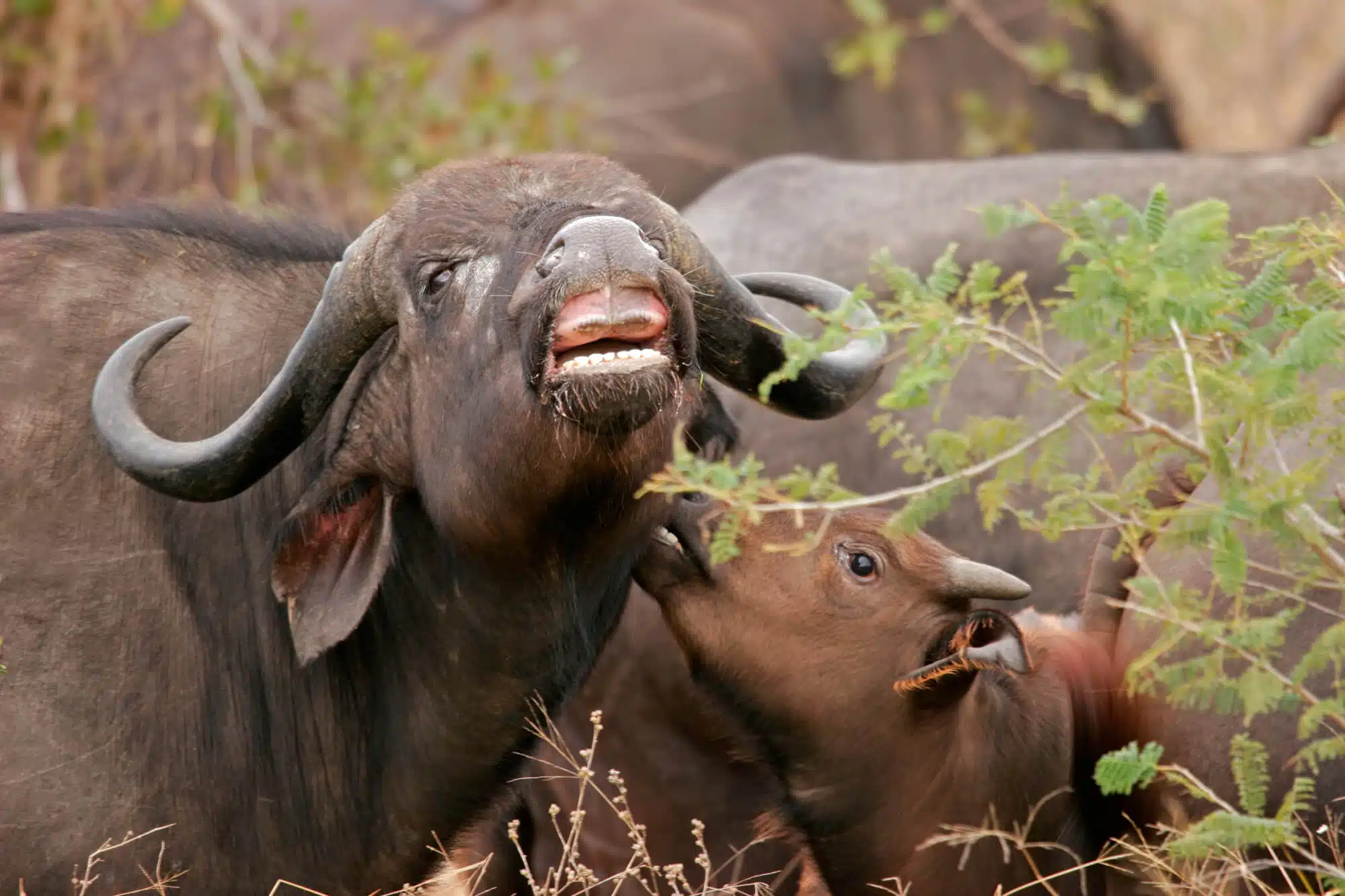
Cooperation exists among mammals, birds, fish and insects. Captive chimpanzees have not been observed to show empathy towards non-relative chimpanzees. Researchers have concluded that monkeys do not care for members of their group but only for their relatives. But in a zoo there is no shortage of food and therefore the monkeys have no incentive to exert themselves. The researcher Christoph Boesch discovered that in the wild monkeys also help members of their group who are not relatives. They carry cubs of foreign monkeys, protect them, crack hundreds of nuts for them and get food for them. In an area full of predators, chimpanzees help each other, and this is in contrast to their actions in the zoo, where they live in protected and relatively peaceful conditions, without environmental threats that force them - and perhaps allow them - to demonstrate their full social abilities.
Monkeys cooperate in resources, help each other in protection, exterminating lice, gathering food and distributing it, building shelters and raising offspring. Baboons sacrifice their lives in a fight with a tiger to save their community.
In groups of female goats, eland antelopes, white rams, hippopotamuses, lionesses and several species of monkeys, one of the females guards the offspring and the rest go out for food or hunting. Horses in the steppes of Kazakhstan and Mongolia stand in a circle with the mares and foals in the center to ward off predators. Buffalo herds do the same. Animals mark food for their friends, protect group members, take care of other people's offspring and even give up procreation to take care of their siblings (which by the way explains the evolutionary benefit of homosexuality).
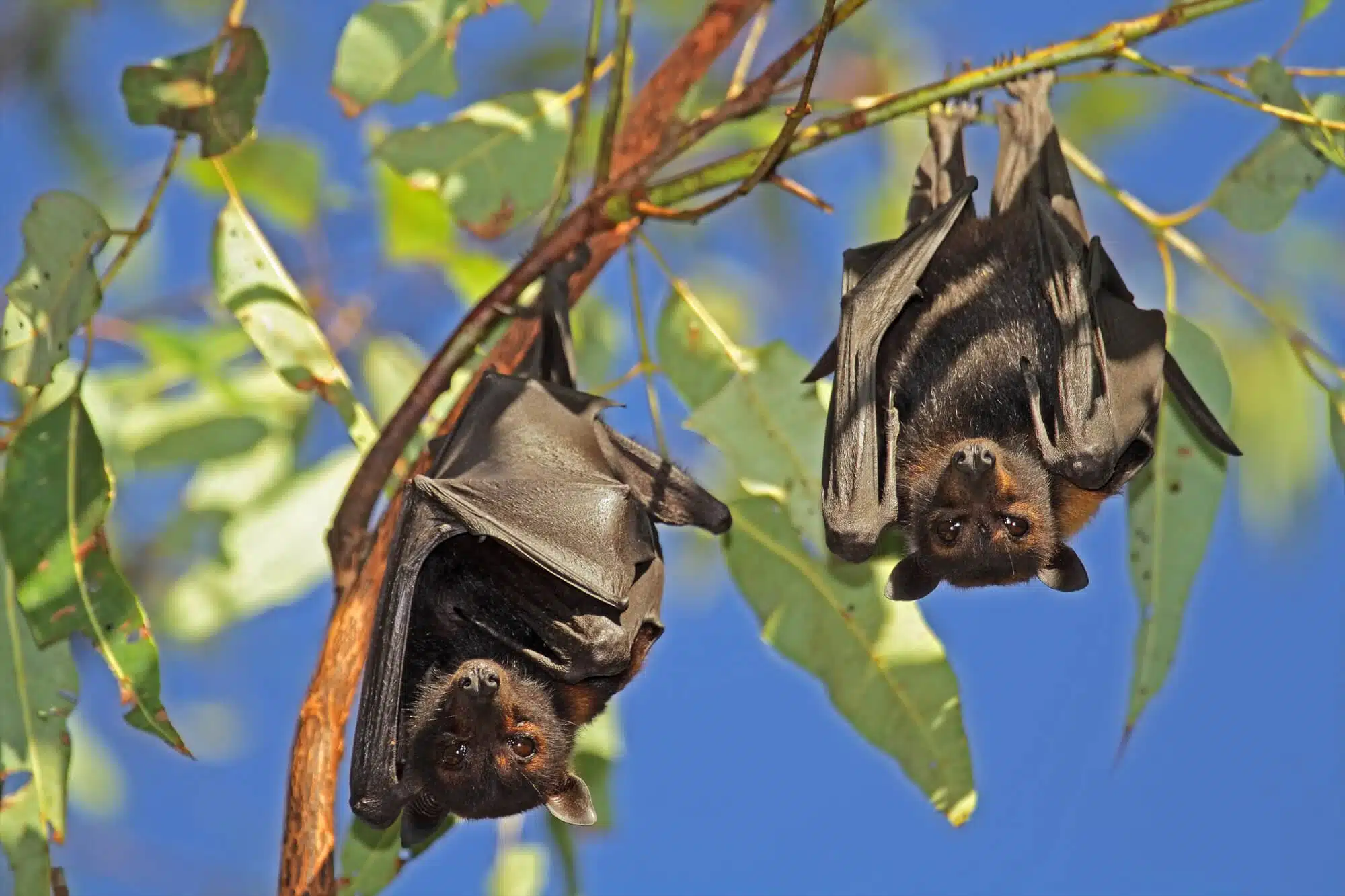
Bats hunt in groups and help each other to find insects. A bat that uses sonar identifies an insect ten meters away - but the identification it performs helps another bat identify an insect from a hundred meters away (Why do bats hunt in flocks", Tel Aviv University, Hayadan, 12.1.15). Blood-sucking bats share with their friends the blood they have stored in their stomachs, and feed each other's blood. Bats that have found food give it to nursing bats that cannot go out to look for food. They also know how to punish egoism. When researchers prevented a bat from feeding the births of other bats, these bats did not give blood to the births of the "selfish" bat in the next round.
Cooperation also exists among birds. Small birds crowd around a bird of prey and make it stop its attack. Chickens make warning calls when there are other chickens around and when they see a bird of prey. They do not make such calls when there are no other chickens around. With their warning calls, they draw attention to themselves, thus endangering themselves for the sake of others. Male birds maintain a monogamous relationship and give up fluttering from the side to ensure the survival of their offspring.
Tailed birds that sacrifice and even risk themselves for others, improve their social status. Young tail females help their relatives in raising the offspring. They have no immediate profit from this action. They will not receive nutrition, shelter or mating opportunities. Relatives do it because by doing so they spread their genes, and those who are not related do it to strengthen their pack. This is an unconscious activity - no one will say that birds have the capacity for self-observation - but it is actually proof that morality is not an invention of the mind, human culture or religion, but is laid in the deepest instinctive and intuitive biological infrastructure of all living beings.
Animals also help members of other species. Gorillas in zoos have rescued small children who fell into their enclosures. Dolphins support not only injured dolphins or births that have difficulty swimming, but also members of other species. Dolphins and whales helped injured or exhausted humans and protected them from sharks (Frances de Waal, "One for All", Hayadan.
Cooperation and self-sacrifice also exist among insects. To cross floods, Brazilian fire ants cling to each other with their jaws and stick to each other with glue on their feet. Thus they create a huge surface, consisting of thousands of ants, floating on water B"stream consciousness"Or"surge(Swarming). When a Japanese wasp invades a beehive, the bees crowd around it and warm up. They can withstand a temperature of 118 degrees Fahrenheit (over 40 degrees Celsius). The wasp can only bear 115 degrees. The wasp kills some of the bees that gather around it - they sacrifice themselves for the common good - but their huge number overwhelms the wasp, which "cooks" life.
Mucosals, relatives of the single-celled amoeba, coordinate their behavior with each other through chemical signals that also work in the human body, signals that have existed in the living world for three billion years. Bacteria protect each other and find resources for each other. They build colonies, divide roles between them, eat invaders, take in other bacteria and merge with them. Bacteria thrive in the lungs of cystic fibrosis patients by mutual nourishment and protection. Pseudomonas aeruginosa bacteria send signaling molecules to each other to build shelter and collect food together. They produce molecules that absorb iron, but the person who benefits from the iron is not the bacterium that produced the molecule but another bacterium in the group, in an act of bacterial altruism (Carl Zimmer, "A Crack in the Bacterial Fortress", Scientific American Israel, 22.9.15, Hayadan).
Bacteria release enzymes to digest food. When a bacterium participates in a group effort, the total amount of food found by the group will allow each individual bacterium to receive more food than the total All the food that each of them will get on their own. germs share food with each other using tubes longer than their bodies. When bacteria lack food, they group together and slide to another place. "A single bacterium cannot improve attitudes in this way alone", but when they working together, they secrete a "lubricant that helps to slide", while dividing roles.
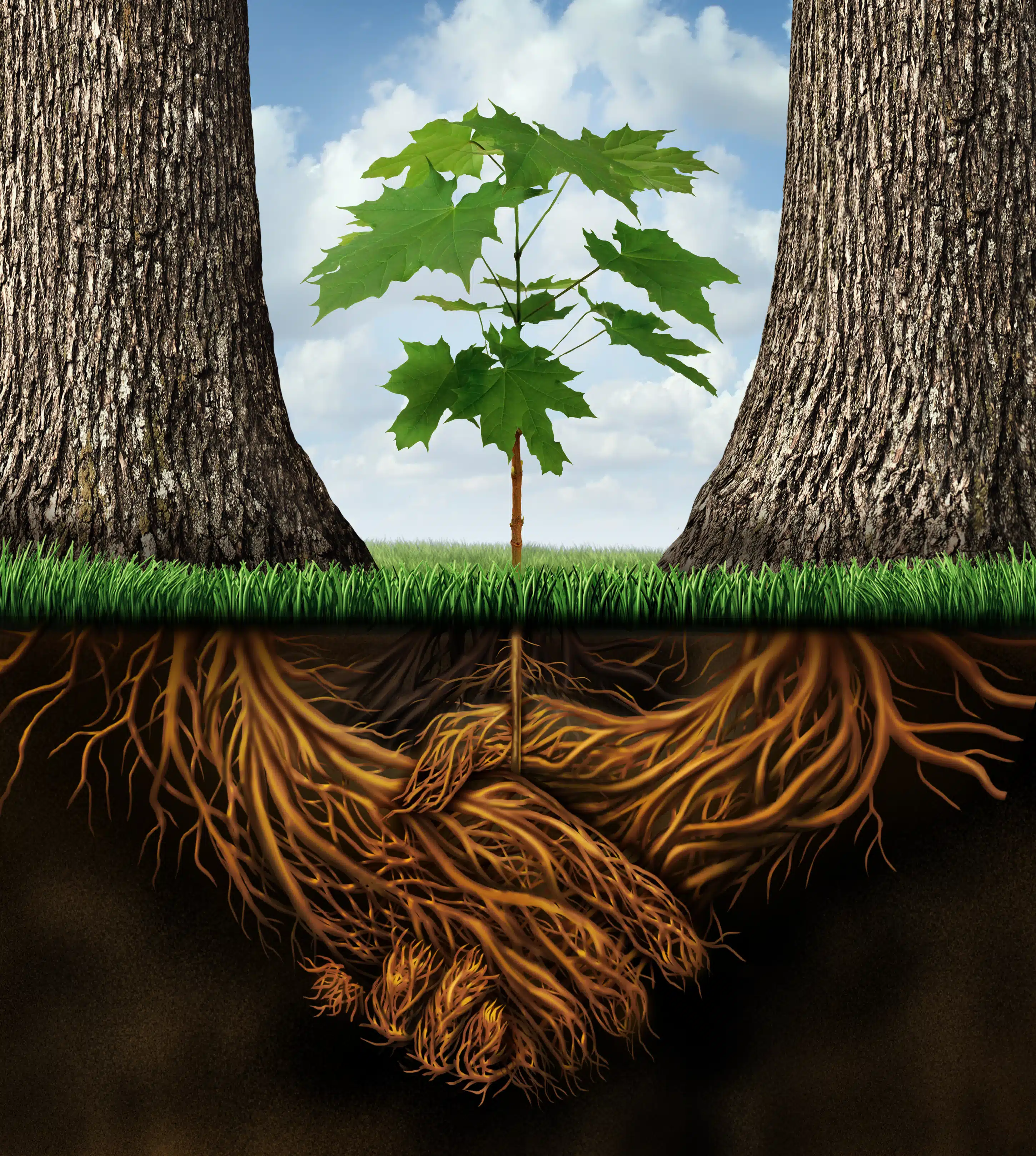
Plants communicate with each other and work together. Protective substances that trees secrete to defend themselves against aphids also serve as scent signals and warnings to other trees, so that they start secreting a protective substance. They send each other pheromones (scent chemicals) to warn off predators, and feed each other through the roots. Trees create in joint action An ecosystem that moderates heat and cold, stores water and creates humidity in the air. Trees pass nutrients to each other. A tree in good nutritional condition transfers carbon to a deficient tree, even if they are not of the same species. Birch and Douglas-fir trees help each other with their roots and with tiny fungi the size of a tenth of an eyelash - evidence of symbiotic cooperation not only between members of the same species but also between different species.
Dying trees transfer to their neighbors - complete strangers - all the nutrients they have preserved, and even activate defense mechanisms. Ecologist Suzanne Simard infected one group of fir trees with a disease-causing insect, and the other group she tore off the leaves, leaving them feeling under attack and about to die. In response, the spruce transferred about half of its carbon to its roots, and from there about 7% of the carbon passed through the fungal network to the tar pine - [an amount of carbon] equal to the energy cost that the pine needs to reproduce.
Trees in a difficult situation or under attack warn their colleagues by chemical means, so that they can secrete chemicals that will harm the attacker, whether it is an insect or a fungus.
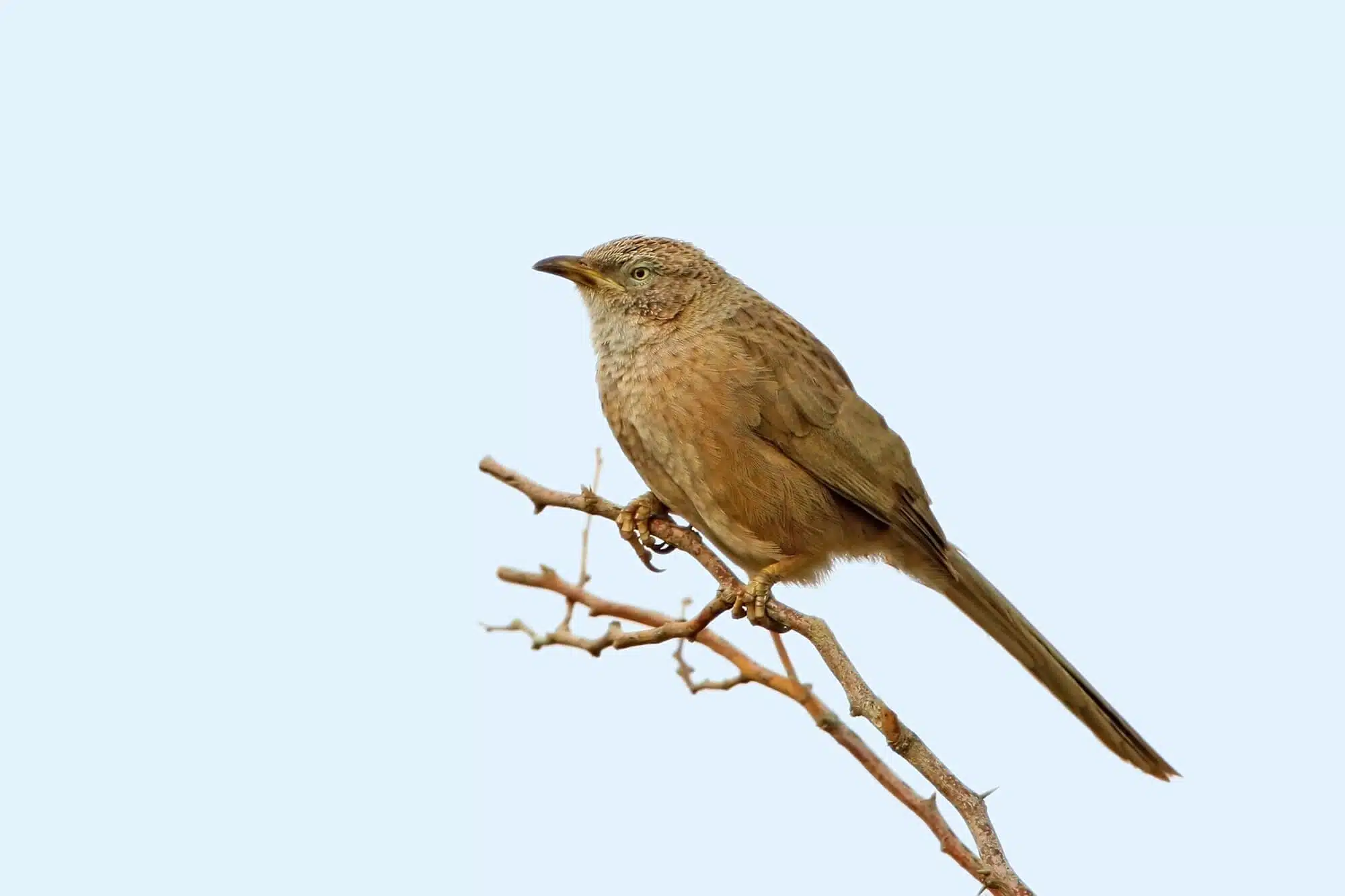
Most plants will die without absorbing nutrients from the soil. Fungi allow them to do this. Single-celled algae that grow inside corals provide the corals with oxygen and food. Without the algae, many corals would not survive. In return, the algae receive carbon dioxide and food from the corals, and being on the corals they are protected from predators.
The cyanobacteria, algae that convert sunlight into sugar, have merged into oxygen-devouring cells. The single-celled Hatena (Hatena) lives as a predator. When he manages to devour a green algae of a certain species, he switches to photosynthesising like algae. It is unable to reproduce without acceleration, and acceleration undergoes changes that make it dependent on it, such as the loss of its mitochondria (powerhouse).
Paramecium, another unicellular, lives in puddles. It does not have chloroplasts that produce energy from sunlight, but it ingests algae and they live inside it, producing food for it through photosynthesis, and in return are protected.
What mechanisms exist in the living world to create this cooperation? One of the most common mechanisms is the fusion, association, grouping of cells or organisms with each other, in a way that creates a new essence, which has a more elaborate, more flexible function than the separate functions of the individuals that make it up. This function is able to allow her to create different parts within herself, with each part specializing in a different role.
In a hospital, army, school or factory, everyone is in charge of a different field. This is also the case in an ancient tribe of hunters and gatherers: one hunts, the other gathers, this creates woven baskets and his colleague is an expert in searching for water sources. Everyone uses their separate skills to contribute to the tribe as a whole, and in return receives assistance in the things they are less good at. Thus, in a symbiotic reorganization, the organism works much better than its separate cells or parts. About that - in the next section of "Good by nature".
Additional sources:
"coral on a chip", The Institute (Weizmann Institute Bulletin) 83 (June 2016), p. 30.
Zygmunt Bowman, Modernity and the Holocaust (Resling, 2013), pp. 94, 252, 253.
Mishka Ben-David, Life, love, death (Yediot Ahronoth, 2011), p. 400.
Ehud Gazit, Does it have to be this way the hell? (Parads, 2016), pp. 106, 152.
Oren Herman, evolutions (Yediot Books, 2019), p. 134.
Peter Wallben, The hidden life of trees (Asia, 2018), p. 13.
Daniel Haimowitz, Plant - what does he know? (Meter, 2013).
Ashley Montague, on human aggression (Am Oved, 1976), pp. 43-42.
Geoffrey Moussaif Masson, From the sea urchin to the house hen (Kinneret 2010), p. 19.
Carl Sagan and Van Druyen, Traces from the past (Maariv, 1994), p. 248.
The Tsuriel Harari Foundation, "The trees embrace themselves", Calcalist, 24.11.16.
Tzafir Rinat, "Evolution in research: altruistic chimpanzees discovered", the land, 7.2.10.
Robert Ardrey, The Territorial Imperative (Atheneum Publishers, 1966).
Paul Bloom, "Religion, Morality, Evolution", Annual Review of Psychology, 2012, 63, p. 184.
Frans de Waal, Primates and Philosophers (Princeton, 2006), ch. 1.
Frans de Waal, “Morals Without God?”, NYT, 17.10.10.
Lynn Margulis and Dorion Sagan, Microcosmos (Summit Books, 1986), pp. 171-172, 188.
Murder Hornets vs. Honeybees: A Swarm of Bees Can Cook Invaders Alive, NYT, 20.7.20.
Ara Norenzayan, Big Gods, 2013, p. 145
Michael Shermer, The Science of Good and Evil: Why People Cheat, Gossip, Care, Share, and Follow the Golden Rule, 2004.
Kim Sterelny, Sex and Death, P. 12.
More of the topic in Hayadan:

3 תגובות
The article is interesting, but I am disturbed by the ease with which researchers who have not performed animal experiments incorporate findings from such unnecessary experiments into their articles. These experiments did not produce any findings that cannot also be obtained in nature, so why conduct them, and why cite them?
Very interesting article. Thanks.
I would add the better angels of our nature by Steven Pinker to the bibliography.
For some reason, it was not emphasized in the cooperative article that is at the basis of the existence of the societies from among the insects, for example the bees, the termites, the ants, and much more, that they may be multi-organisms made up of thousands of individuals that are both a whole being and an organ of the aforementioned body.
And yet it is a good proof maybe about a better way of survival but not of "good" in the moral sense. Moreover, if we accept the above claim, we will in fact go to the argument that "everything is genetic preservation" and nothing else, thus effectively canceling the very discussion of the essence of "the good".